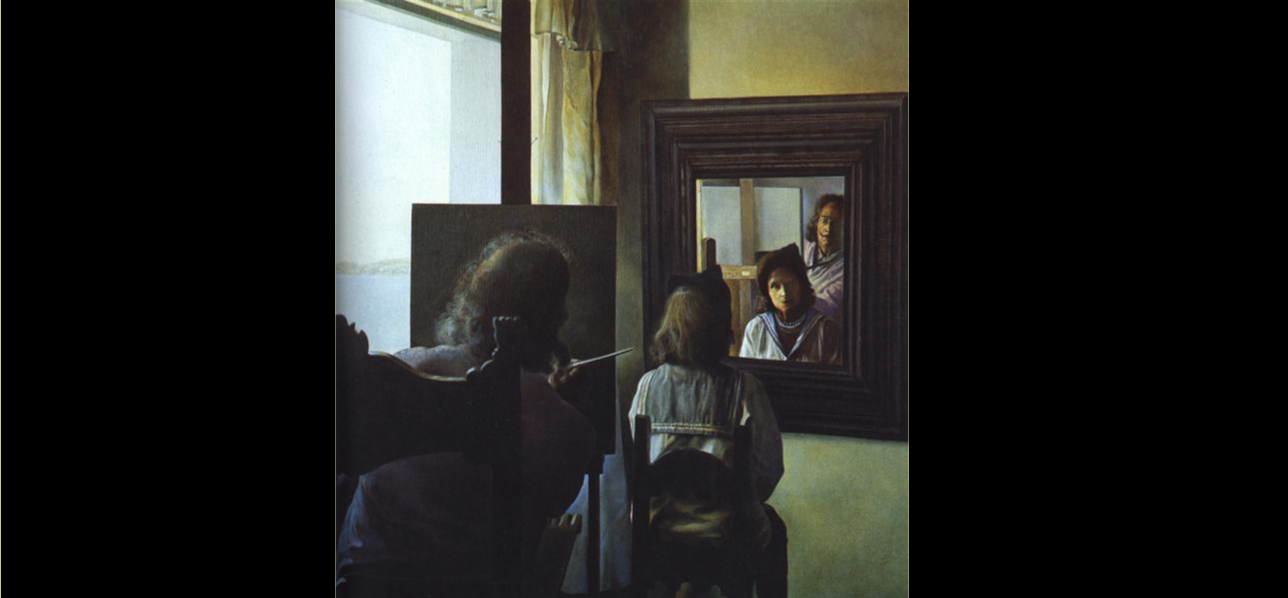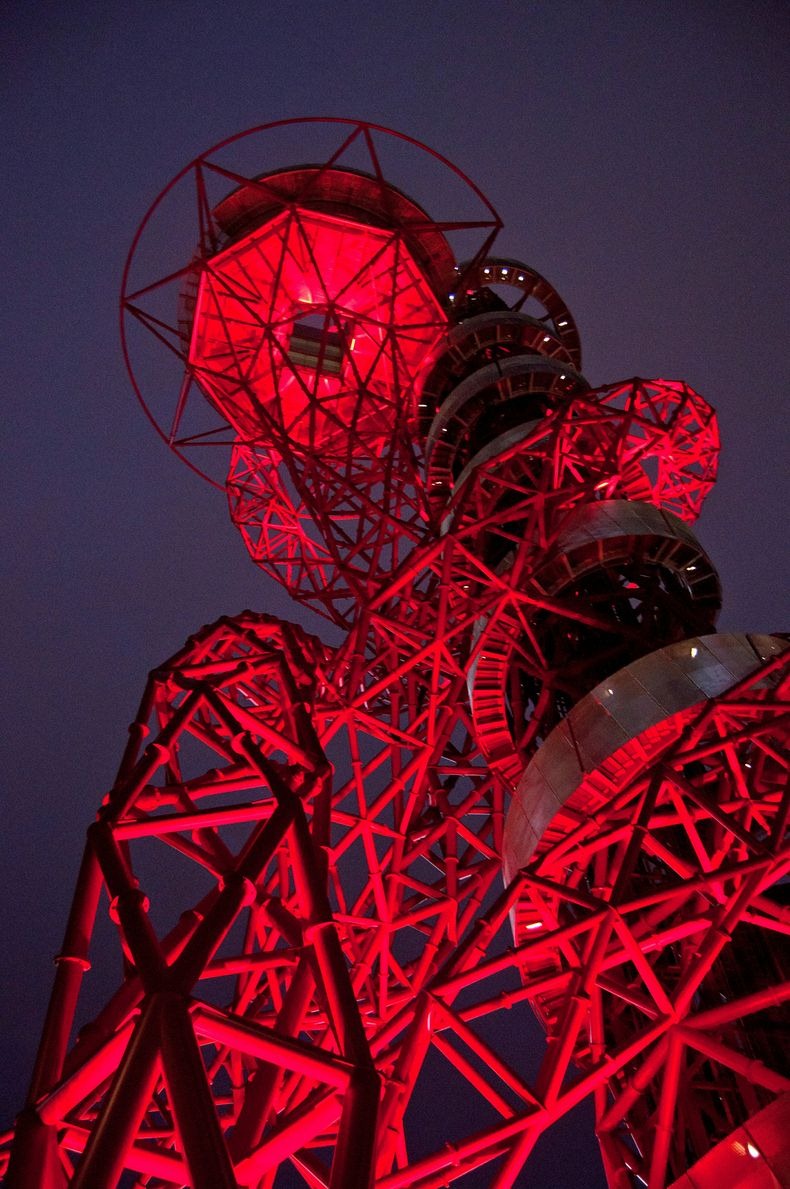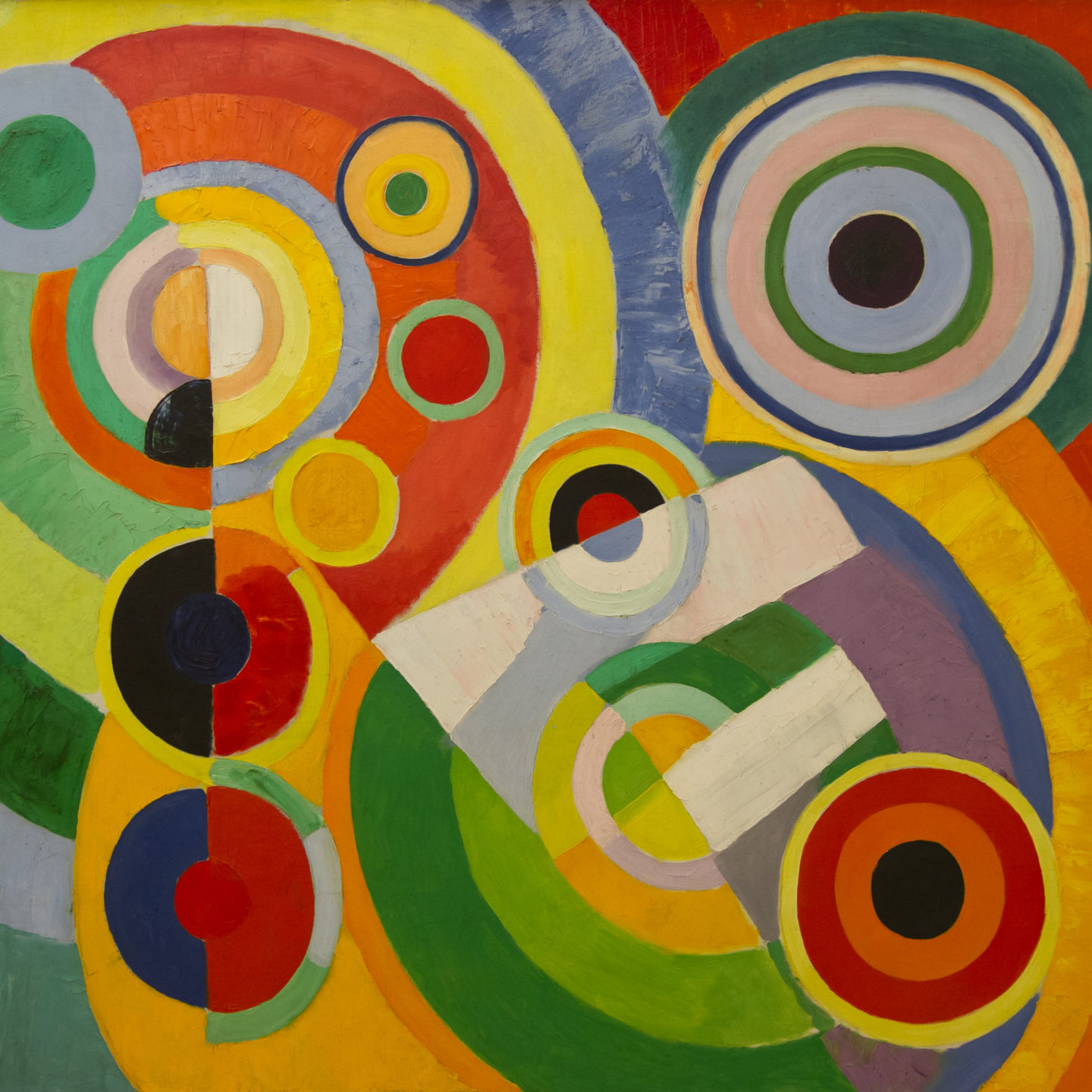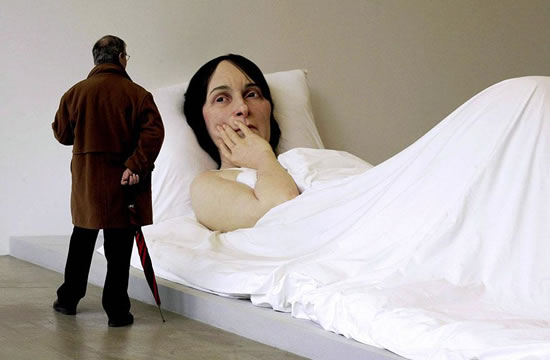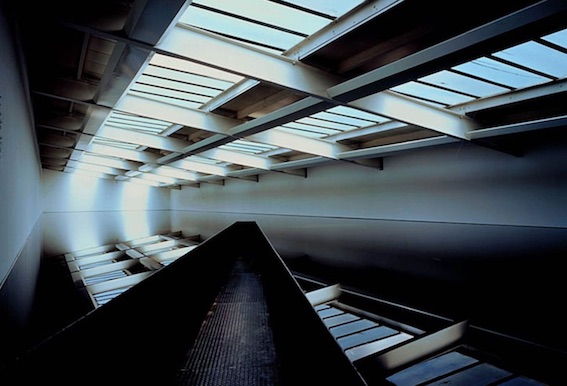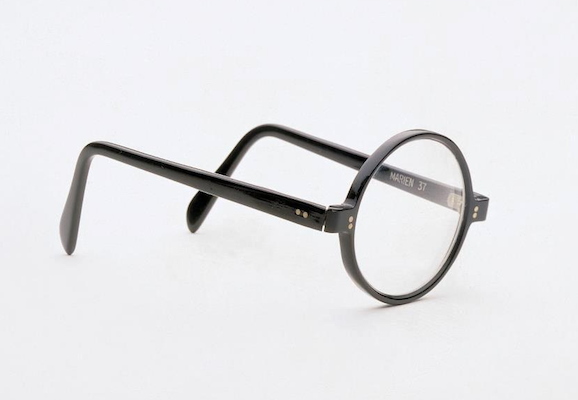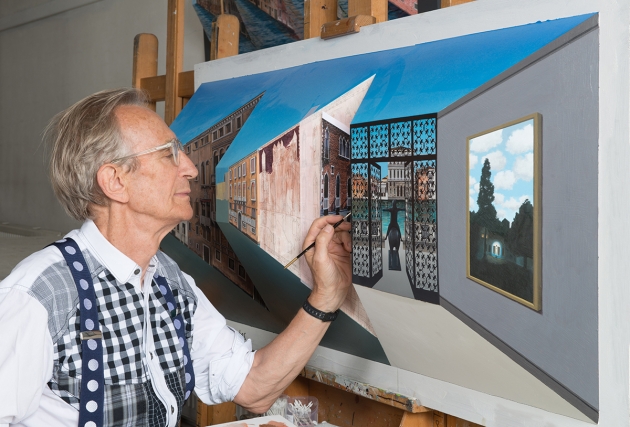Remembering From the Outside: An Introduction
I want to begin by thanking John Schwenkler for the invitation to share these posts with you about my book Remembering From the Outside: Personal Memory and the Perspectival Mind (Oxford University Press). *** Towards the end of the 19th Century, a number of psychologists noted a curious feature of …

